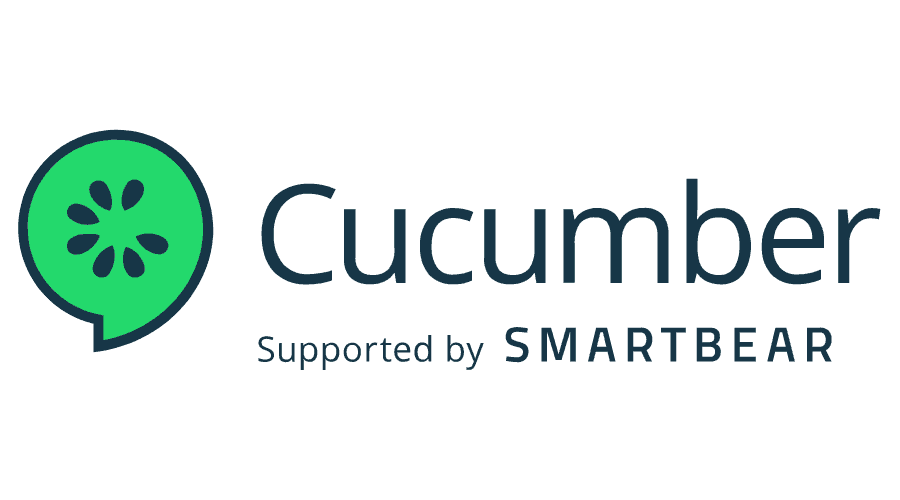CUCUMBER FRAMEWORK
What is the purpose of the Cucumber Framework?
So far, I’ve covered Selenium subjects using test NG in my prior writings. A TDD methodology is another name for it. Cucumber will be developed using a BDD (Behavior Driven Development) technique. In a nutshell, BDD refers to the framework’s behavior, as well as the behavior of test cases, and use cases.
The behavior here specifies the Gherkin language, which is a basic programming language. As a result, Gerkin creates the BDD framework, often known as the feature language. Also, this is the simplest method to explain things to non-technical people.
Gherkin language facilitates wall-to-wall communication among team members. As a result, it is simple to communicate directly with the developing code and for business stakeholders to grasp.
Cucumber Framework has the following advantages:
- It is less code-centric
- It supports various languages.
- Open-source
- Simple Selenium integration
Cucumber Components
A cucumber framework is made up of three key components. These are the following:
- Feature file
- Step definitions file
- Test Runner File
Acceptance Tests: What Are They?
Acceptance tests are used to see if the requirements of the features under test are up to par. This aids in aligning software with business requirements and ensuring that specifications are satisfied. Acceptance tests are an important aspect of quality assurance, but without domain expertise or a strong functional test automation platform, writing and executing acceptance tests may be difficult.
Is This What I’ve gotten Myself Into?
Let’s have a look at what testing frameworks are, as well as some technologies and issues you can face while using the BDD testing framework as your software testing solution.
BDD test automation frameworks, at their most basic level, read executable requirements provided in plain English and verify that the tests pass. BDD also works well with Agile, allowing development and quality teams to streamline their processes.
BDD in the Workplace
When using BDD methods in your testing, there are three basic phases to follow.
- Define the business need as a failed test (feature file).
- Implement mechanisms that will pass the feature file’s tests.
- Examine the code to check that the feature requirements are being satisfied and that you aren’t creating something that isn’t required.
Remove, wash, and repeat. This is where specifying features before creating code comes in handy. It ensures that you’re only building what you need—no extraneous features (or unnecessary work).
How Can BDD Help You Automate Your Tests?
In terms of testing, BDD provides a lot of advantages. Because tests are written in simple English, they may be written more rapidly, even by non-technical team members. A “sentence” may also be used to describe setup and deconstruction tests, which can be a complicated sequence of API calls.
It’s time to automate your feature files now that they’ve been produced. Feature files can be used in a DevOps process or a release pipeline. It’s critical to have reporting that links execution outcomes to requirements in order to guarantee that the business needs are met by the development team’s implementations.
As previously stated, cost reductions are a significant benefit. The dependency on developers to allow BDD testing infrastructure is diminishing as users may write their own libraries and test code using technologies.
Tools for BDD
How can I use BDD without writing code? Is probably one of your greatest queries regarding BDD tools so far. Testing tools that allow non-technical people to construct their own test library or extend the current framework might be a critical step in boosting BDD’s ROI.
Cucumber
Cucumber defines test cases using the Gherkin language. It’s a simple, non-technical language that structures your software’s actions using Given/When/Then statements. It also encourages BDD methods and starts the process with explicit criteria. Cucumber is one of the most popular BDD tools because of its ease of use.
Cucumber will often execute testing processes written in JUnit or TestNG, which might be functional or Selenium UI tests. Each step includes a step definition that converts the statement to some code, and features are written in Gherkin.
JUnit
JUnit is a straightforward framework for creating repeatable tests. It’s most typically used for unit tests, but it may also be used to control Selenium WebDriver to develop performance tests. Users may write test methods and assertions, as well as set up and pull down code. Cucumbers can call this code when it encounters a Feature step. JUnit5 includes several new capabilities, such as parameterization, but other popular frameworks, such as Test NG and RSpec, have their own benefits.
SOA test
SOA test API tests are notoriously difficult to define and need a thorough understanding of both the service and the system. Para soft SOA test is a scriptless functionality test automation solution that also works with Cucumber. Simply import a Swagger service definition file, set up the test, and add data. You may also utilize the Para soft Recorder recording to automatically produce API tests, which can subsequently be used for load and performance testing.
Users may then utilize the Cucumber integration to create step definitions that refer to these tests.
Conclusion
BDD enables your complete team (including non-technical individuals) to participate in the development and testing of your application. Solutions can be used to tackle some of the issues that occur with BDD, such as mapping plain English (aka nontechnical) language to code. Overall, BDD is a fantastic tool for growing your business.

